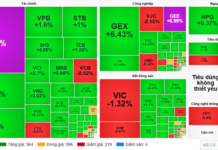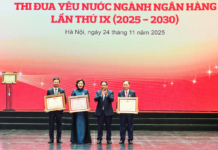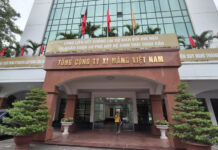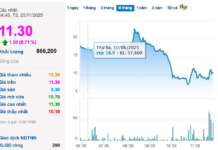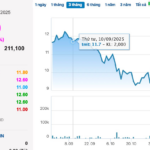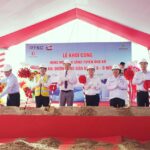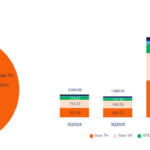According to a report from ETNews, Hyundai Motor Company has officially commenced preparations for the mass production of its first Extended Range Electric Vehicle (EREV), the Santa Fe EREV.
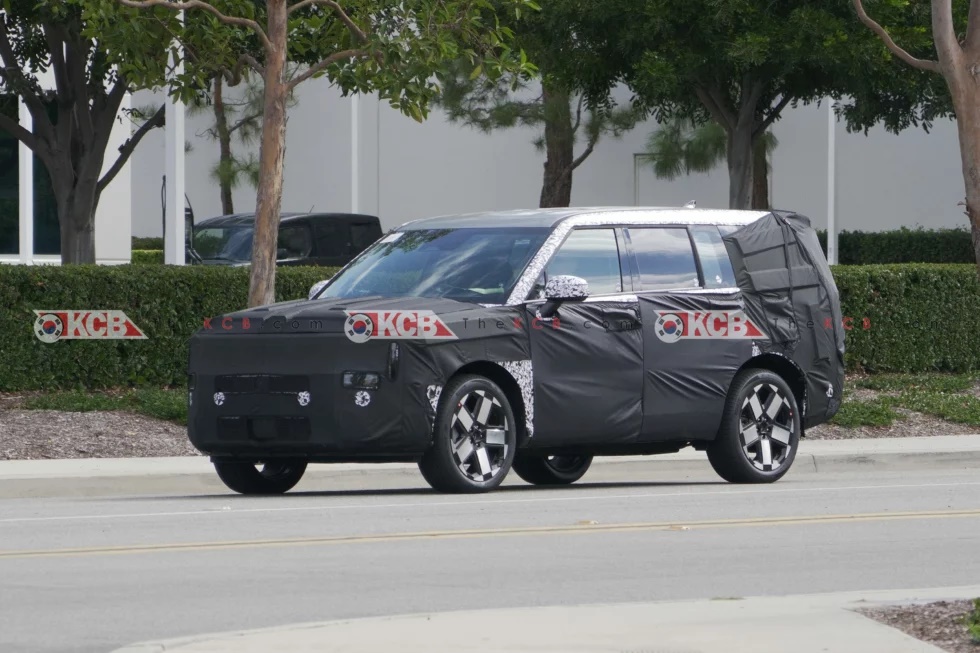
The upgraded Hyundai Santa Fe undergoing road tests. This version is expected to retain existing engines, with the EREV variant slated for a 2027 release. Photo: Korean Car Blog
This move underscores the South Korean automaker’s strong commitment to capturing a significant share of the rapidly growing electric vehicle market. Hyundai has set ambitious goals for the Santa Fe EREV, aiming for it to lead the global electric vehicle market with its superior performance capabilities.
Specifically, Hyundai plans to finalize the development of the internal combustion engine and the essential Engine Control Unit (ECU) for the Santa Fe EREV by the first half of 2026. Following this, the company will conduct comprehensive testing cycles to evaluate the vehicle’s driving performance, durability, and overall quality.
To ensure timely and high-quality production, Hyundai has partnered with key suppliers. Hyundai Kefico is responsible for developing the ECU, while dSPACE provides the Hardware-in-the-Loop (HIL) system for simulated testing. Hyundai Mobis plays a crucial role by developing the battery and electric motor control systems for the Santa Fe EREV. This collaborative effort is designed to support Hyundai in meeting its mass production timeline.
Based on the announced roadmap, the South Korean automaker is expected to begin mass production of the Hyundai Santa Fe EREV by the end of next year, with plans to launch the vehicle globally in 2027.

The vehicle will initially launch in North America, a key market with high demand for mid-size and large SUVs, before expanding to other global markets. Illustration: Hyundai
Industry sources suggest that the Santa Fe EREV may be produced at Hyundai Motor Group Metaplant America (HMGMA) in the United States. Once mass production begins, Hyundai plans to aggressively market the Santa Fe EREV not only in developed markets like the U.S. and Europe but also in fast-growing Asian markets. Therefore, it’s possible that the Hyundai Santa Fe EREV could also be distributed in Vietnam.
The Hyundai Santa Fe EREV is projected to offer nearly double the driving range of the Ioniq 6, currently Hyundai’s longest-range pure electric vehicle (562 km). Thanks to its extended-range powertrain, the Santa Fe EREV is poised to become a highly competitive product in the global electric vehicle segment.
EREV technology is gaining traction worldwide, with major manufacturers like Volvo already exploring similar solutions.
The Chinese market is also witnessing a significant expansion of EREV models, with numerous manufacturers actively advancing their development. Notably, BYD is currently selling the premium Yangwang SUV EREV, while Xiaomi is developing the high-performance YU8 EREV. This highlights the immense potential of the EREV segment.
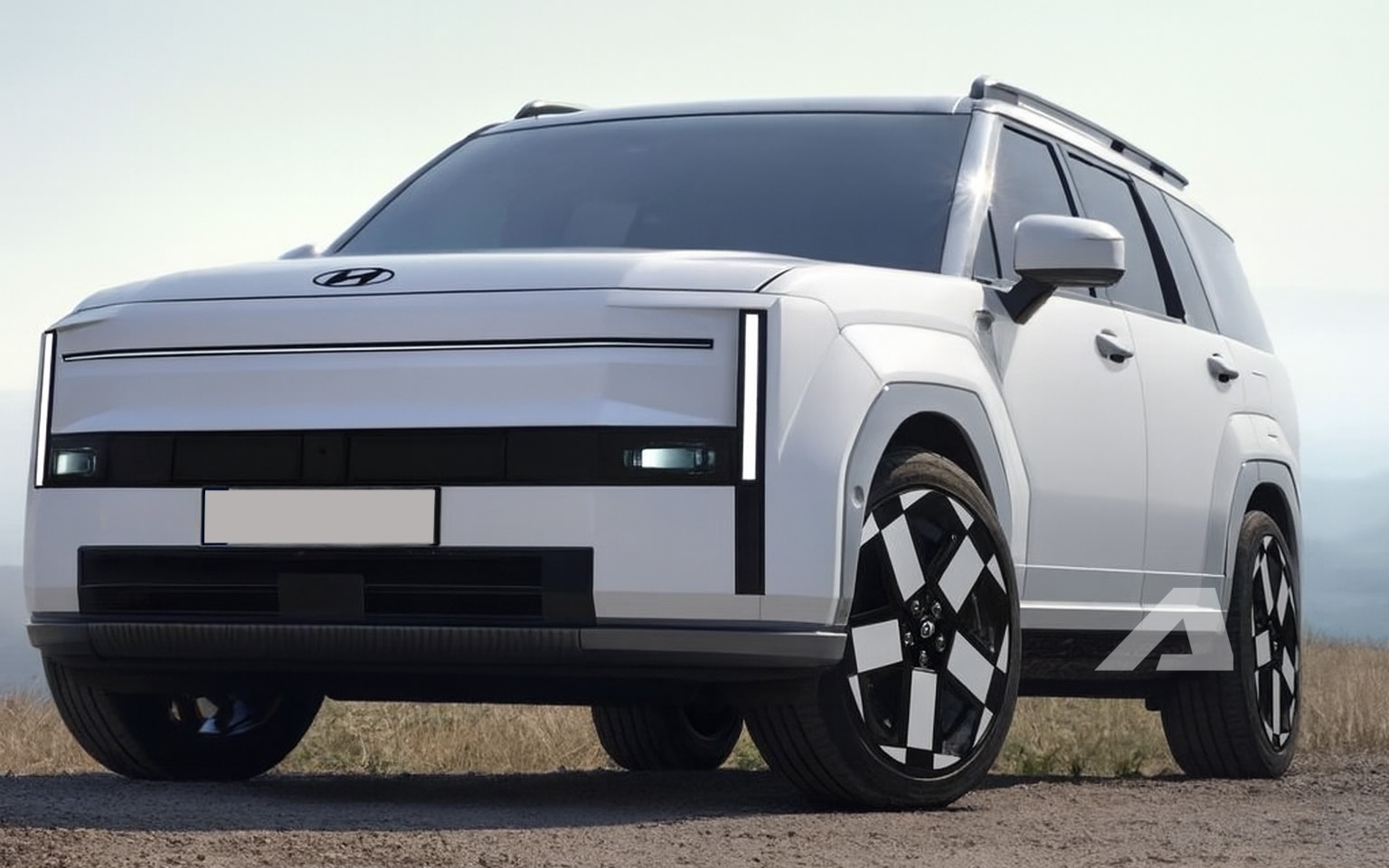
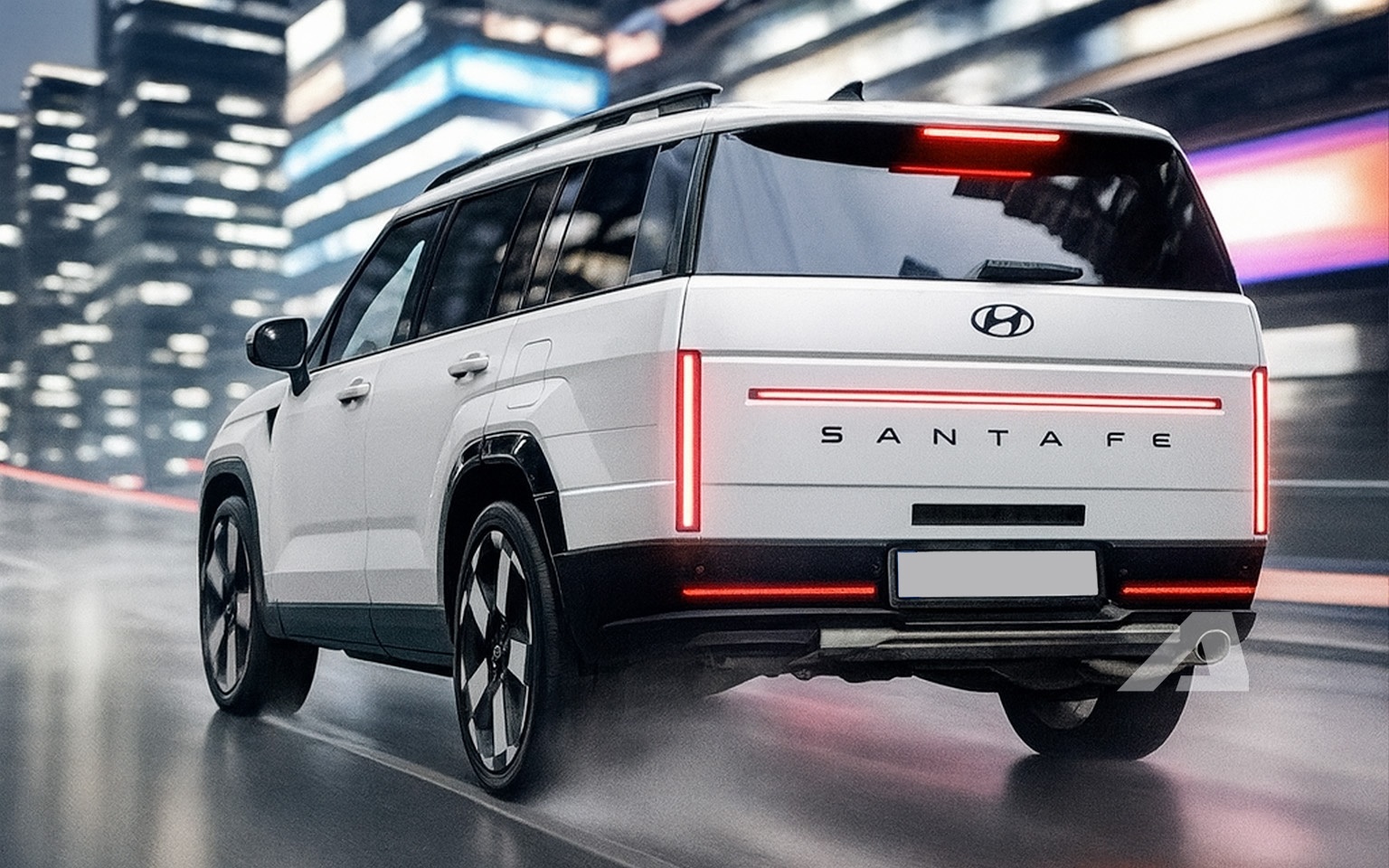
The upgraded Hyundai Santa Fe undergoing road tests, with expected revisions to previously controversial details. AI-generated render
Currently, the Hyundai Santa Fe is available in a conventional hybrid version, featuring a 1.6L Smartstream T-GDI turbocharged gasoline engine paired with an electric motor for a combined output of 232 horsepower and 264 Nm of torque. It uses a 6-speed automatic transmission, full-time all-wheel drive, and a 1.49 kWh lithium-ion battery pack located under the floor. This version is newly available in international markets, but recent social media leaks suggest the Hyundai Santa Fe Hybrid has already arrived in Vietnam.
The hybrid engine offers a powerful yet fuel-efficient driving experience. According to Hyundai Thailand, the average fuel consumption of this version is 5.1 liters per 100 km under mixed driving conditions. This figure is even more efficient than many A-class and B-class SUVs with pure gasoline engines.
EREV stands for Extended Range Electric Vehicle, a unique type of electric vehicle. It operates entirely on electricity via a large battery and electric motor, while a small internal combustion engine functions solely as a generator to charge the battery when needed, rather than directly powering the wheels. This setup increases the vehicle’s range without requiring frequent charging stops, addressing a key limitation of pure electric vehicles in areas with underdeveloped charging infrastructure.
Who’s Outselling Tesla as the World’s Top Electric Vehicle Seller?
In the first eight months of 2025, Chinese manufacturers delivered over 5.5 million electric vehicles, capturing nearly half of the global market share.
Accelerating Ride-Hailing Apps Drive the Shift to Electrification
Ride-hailing companies are aggressively transitioning to electric vehicles to proactively align with urban centers’ timelines for phasing out gasoline-powered cars.

